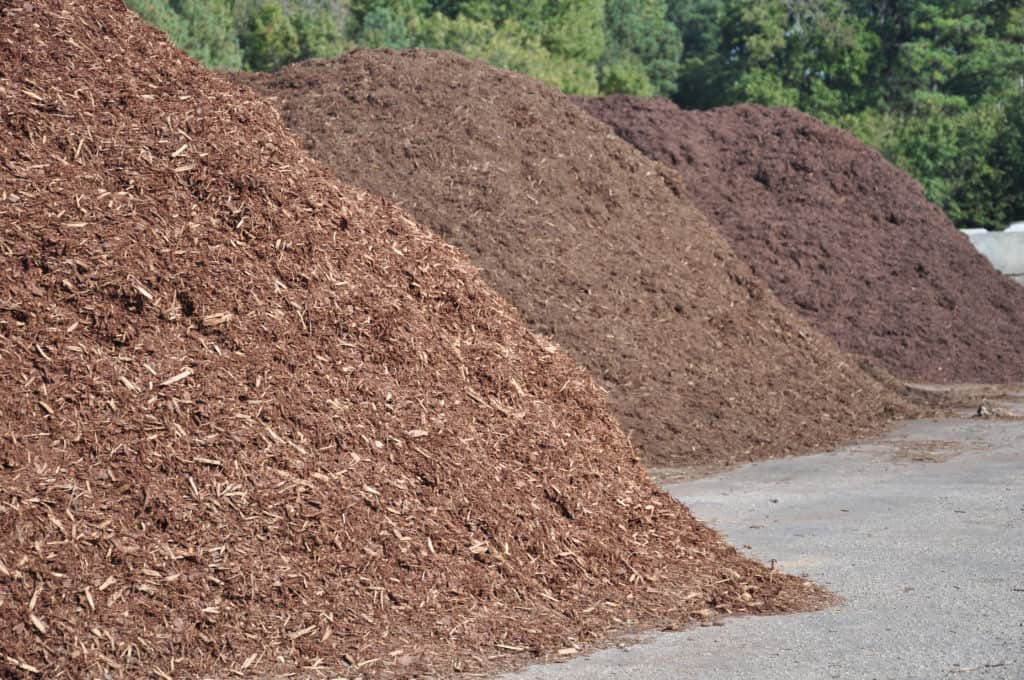Mulching the landscape of your home or business provides a beautiful view and helps create healthy lawns and gardens. Let’s face it, mulching isn’t a simple task, but it’s well worth the hard work.
Some of the many benefits to mulching are:
- Maintaining soil moisture
- Improving plant health and growth
- Limiting weed growth
- Protecting plants and roots from harsh weather conditions
- Regulating soil temperature
- Reducing bare soil erosion and compaction
There are many advantages to applying mulch to your garden. However, landscape experts prefer mulching in the fall. Therefore, if you’re considering re-mulching this autumn, it’s essential to know the reasons why you may want to lay down mulch and why you may choose to skip mulching this fall season.
Reasons to Mulch in The Fall
Re-mulching during the fall is an easy and effective way to winterize your garden. It saves you time, money, and more hard work down the line in the spring season. Generally, not much mulch is used in the fall, except for bare areas.
Along with the benefits mentioned, fall re-mulching also accomplishes a few more things:
- Insulating soil – warmer environment allows for earthworms and other organisms that provide nutrients to stay active longer.
- Helps preserve perennials – adding an extra layer of mulch around stalks and roots provides nutrients, protection and prevents frostbite.
- Keeps evergreens green – prevents drying and browning in the winter months.
- Frees up your spring – avoid having to mulch in the spring so you can enjoy the lovely spring weather.
Re-mulching in the fall is much less work because of the pleasant work conditions. It also saves you the job of spreading new soil and laying down fresh mulch after the winter months.
Reasons Not to Mulch in The Fall
Although mulching in the fall has its benefits and advantages, it also has disadvantages and may adversely affect your garden.
Here are some of the reasons to skip re-mulching in the fall.
- If planning to plant the following year, fall re-mulching can interfere with seed germination in the spring.
- Daylight savings time may reduce the time available to work on re-mulching projects.
- You may run the risk of an early snowfall, preventing you from being able to re-mulch before colder weather sets in.
- The possibility of over-mulching can suffocate your plants and prevent water and oxygen from reaching the roots.
- Mulch can contribute to rotting bark that may attract snails, slugs, rodents, and wood-boring insects.
Understanding these disadvantages will help you counteract them so that you can reap the benefits of re-mulching in the fall.
Re-Mulching With Moyer Lawncare
Here are a few things you want to remember before re-mulching:
- You don’t want to mulch over three inches deep because doing so may cause more harm than good to your garden.
- Make sure to turn old mulch to allow air, water, and nutrients to reach plant roots.
- Leave three to six inches between trees and bushes.
- The edge of your garden mulch should be at the same level as your lawn.
Gardening can be a relaxing and gratifying job, but if mulching seems like an overwhelming task, Moyer Lawncare will be happy to assist and make sure your garden looks its best.




